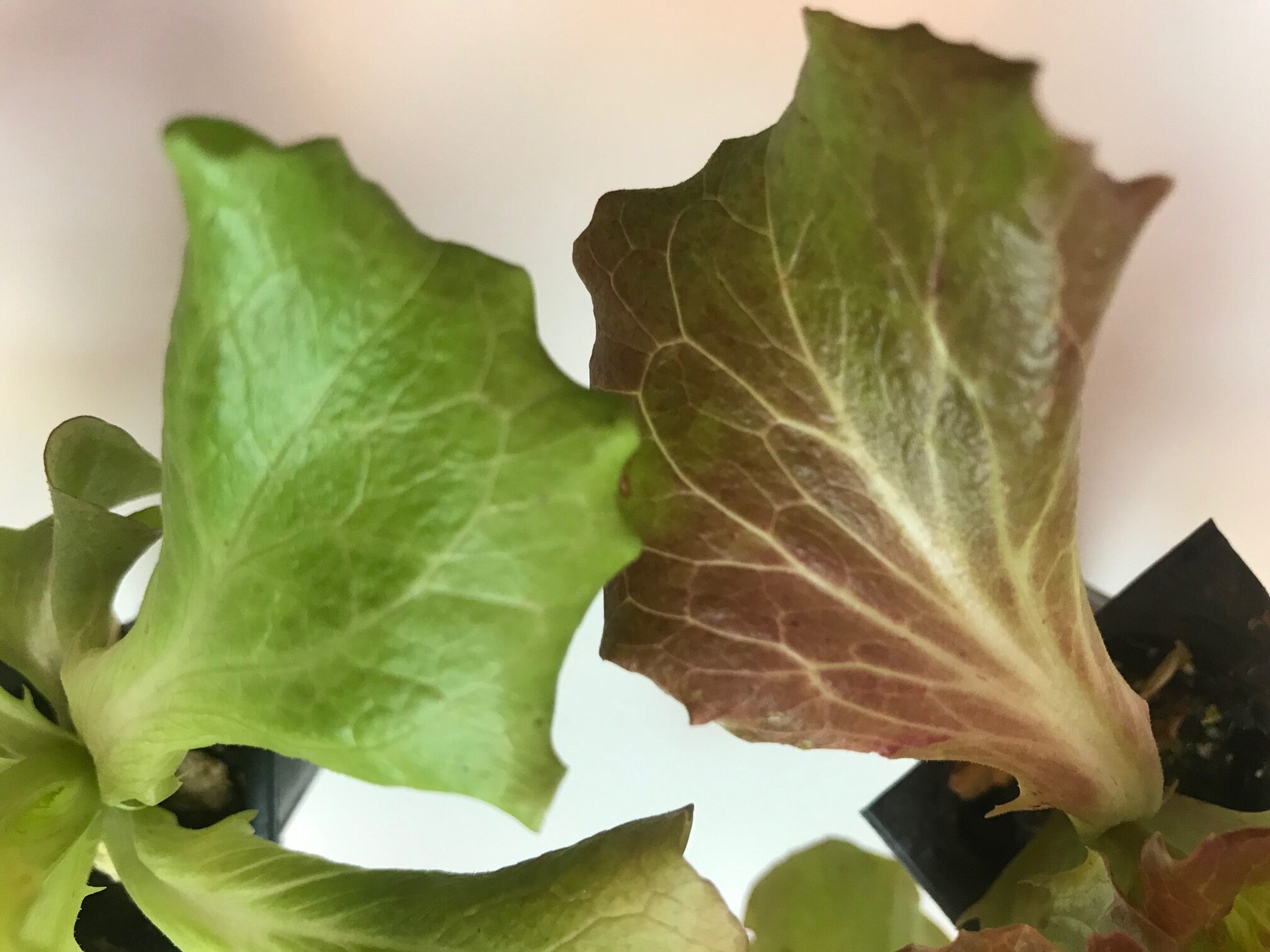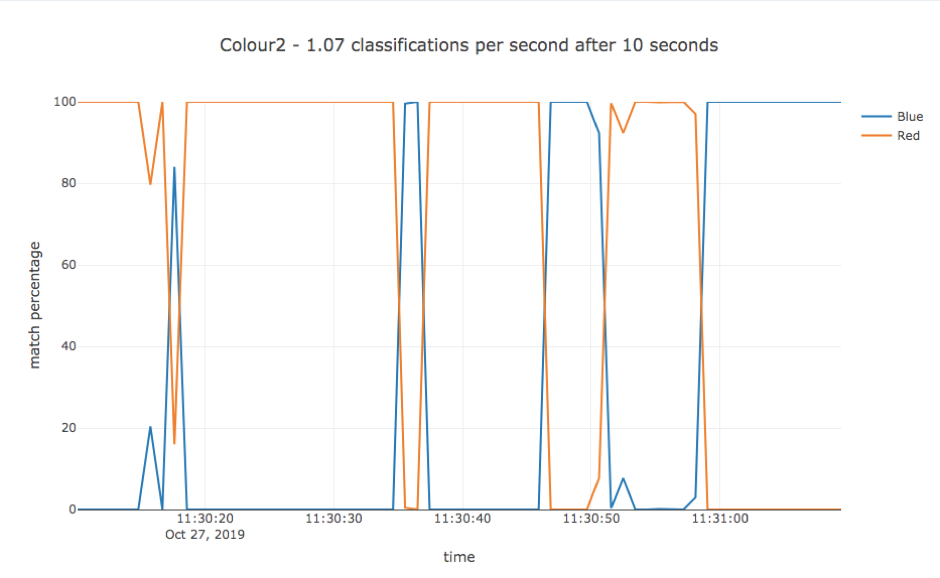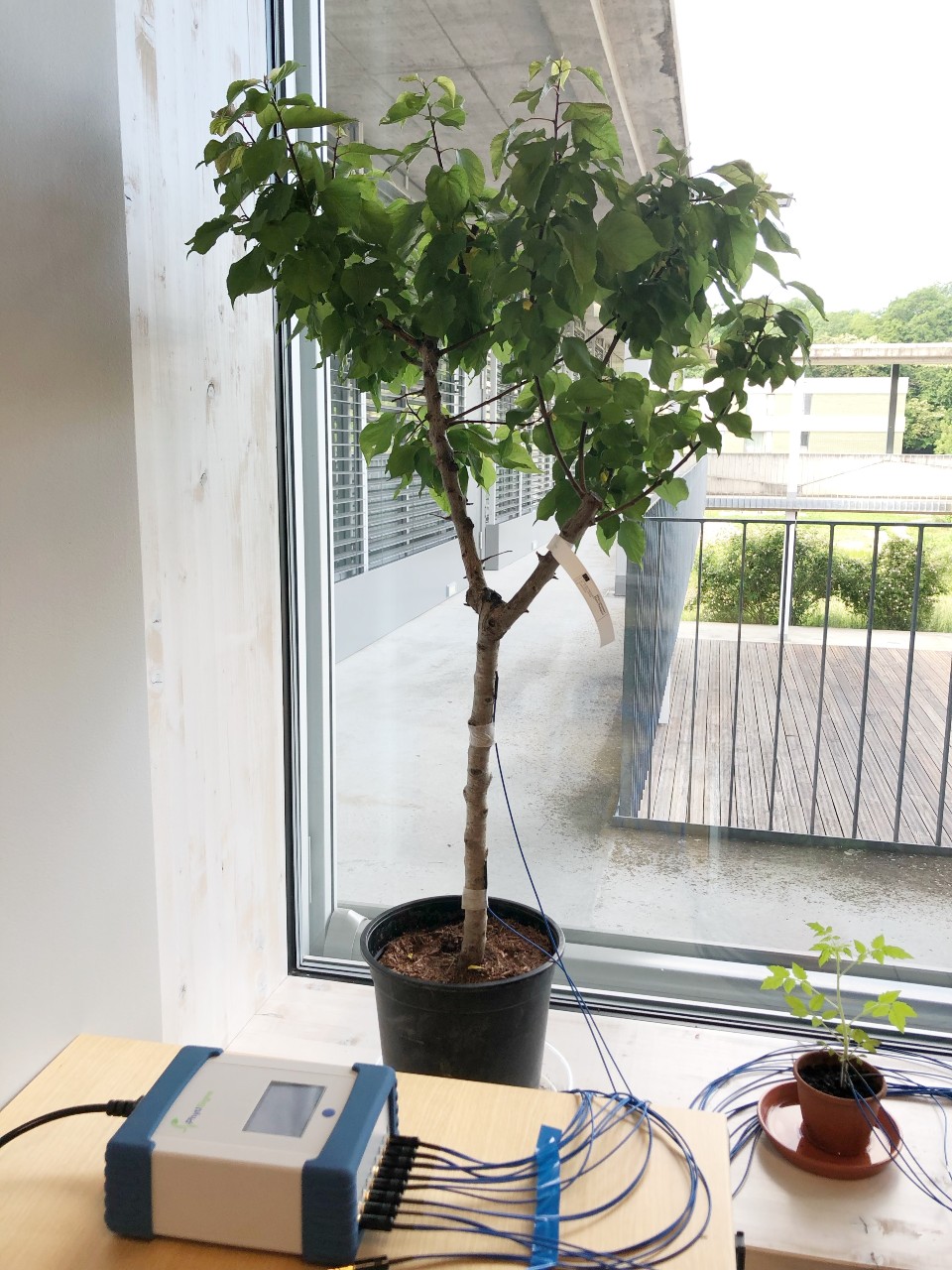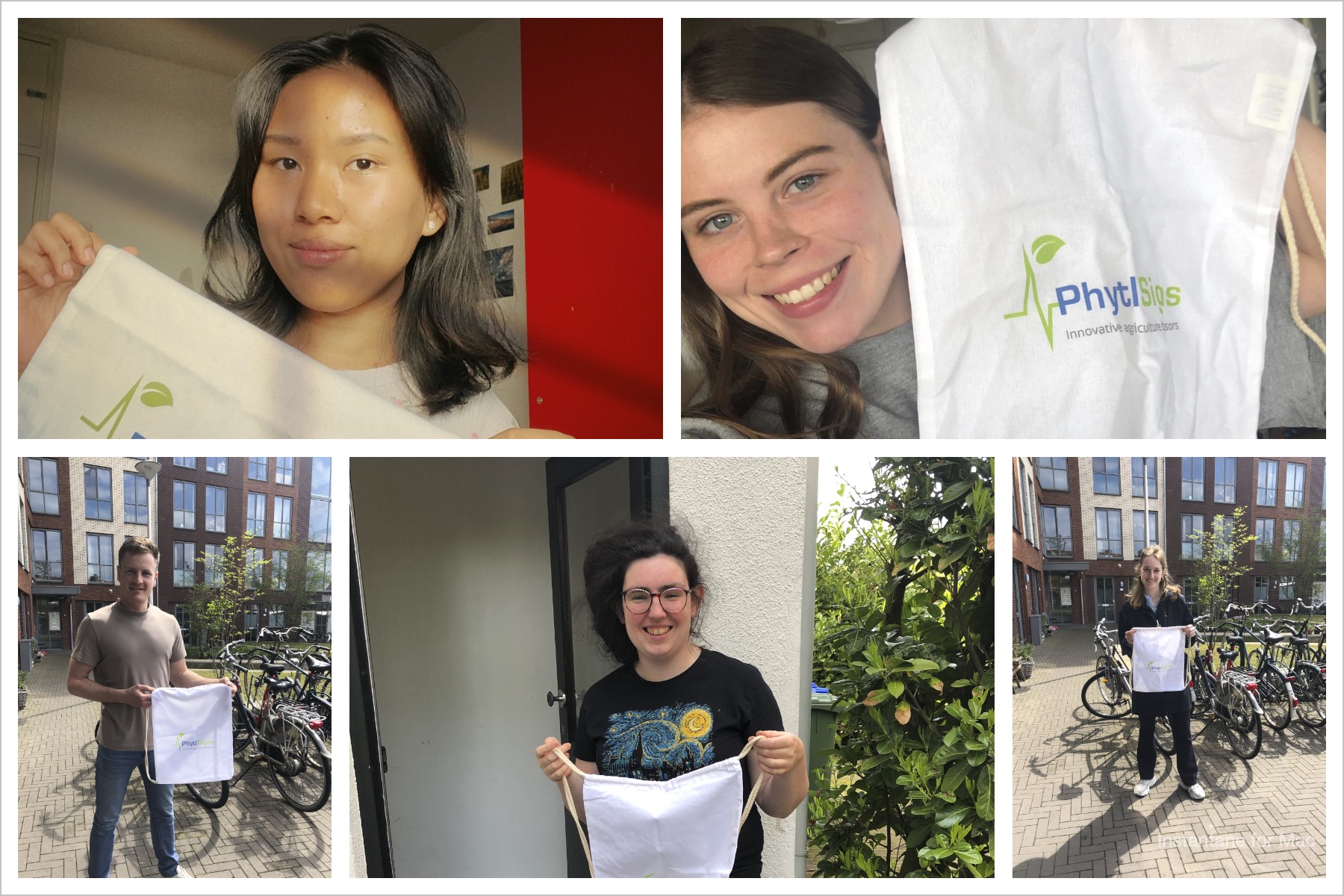
Machine Learning Model Shows Electrophysiology Signals Can Classify LED Light Frequencies in which Lettuce is Grown
As part of recent development work here at Vivent we wanted to test if a supervised machine learning model could accurately predict the color of LED lights in which young lettuce plants are being grown.
Recent research shows that plants exposed to different frequencies of light express different combinations of genes that affect the plant resilience, growth rates, appearance like leaf color and flavor. For scientists, electrophysiology signals could provide important insights into how quickly plants respond to light frequency or level changes and into which genes are involved. This article in Nature highlights some recent work.
Growers are increasingly using different lighting regimens to customize the color or foliage in both leafy crops and ornamental plants. This change in appearance also correlates to changes in flavor for leafy green crops like lettuce. This article in Greenhouse Grower shares results of trials to alter lettuce leaf color.
Shown below is a slide describing how we created a supervised machine learning model based on a neural network to classify the light frequencies which in this case were ambient light, red and blue/white light regimens.

In real-time we monitor the plant and the model shows the plant altering its electrophysiology signals in response to a change in the light frequency. It takes some time for the plant signal to settle on the “blue” classifier but the model accurately detects the change in lighting regime.

We are very excited about these preliminary results and will update our website as we do more experiments and create more models. Please contact us if you’d like to learn more about our approach and PhytlSigns sensors.




